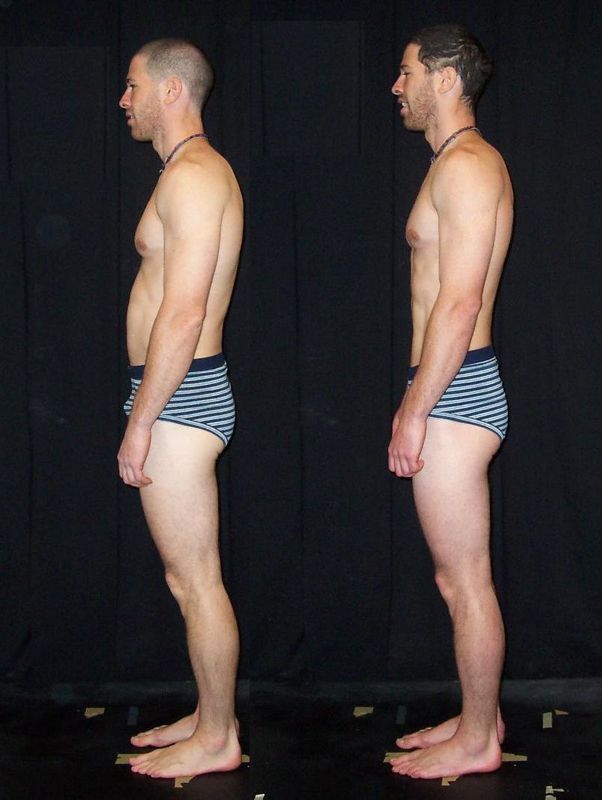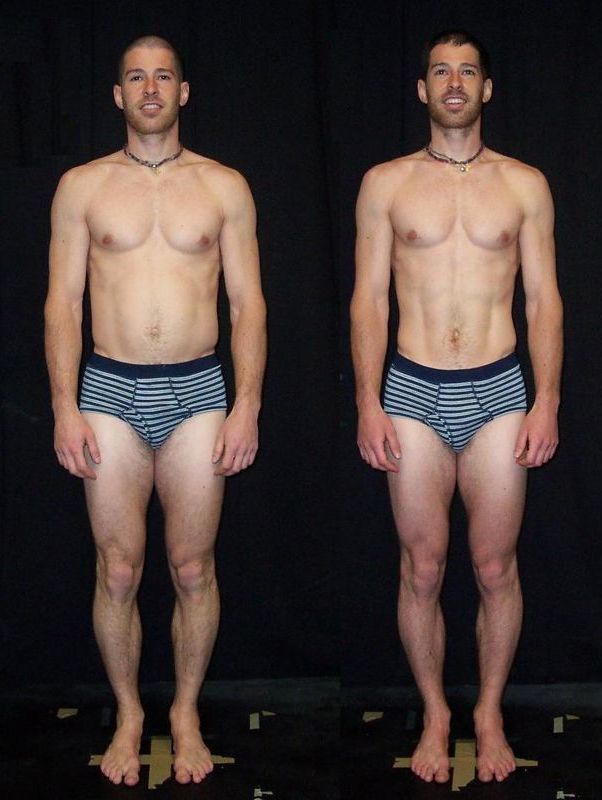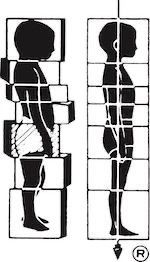Frequently Asked Questions


-
Is this massage?
No. Rolfing® is a hands-on manipulation of soft tissue usually done on a massage table, but there the similarity ends. Massage can relieve symptoms of structural issues, but doesn't usually address the underlying causes. Massage deals with muscles, whereas Rolfing focuses on the fascial layer. With Rolfing structural integration, the client is a more active participant.
-
Do you use tools in your sessions?
Rolfing tools are fingers, soft fists, and forearms, but I also include cold laser therapy and PEMF (pulsed electromagnetic fields) therapy as part of sessions when appropriate. After decades of use, there are no known side effects with either technology. There is no additional charge.
-
Do I have to do 10 sessions?
No, but for most people, it's the best choice. Otherwise, you might end up chasing problems around the body. Rolfing is effective at getting at underlying issues, and there are almost always underlying issues.
-
Is this like chiropractic?
Chiropractic and Rolfing can be very complementary, but they are quite different. Chiropractors usually change structure by moving bones and letting the soft tissue follow; whereas Rolfers move the soft tissue and let the bones follow. Chiropractors envision their work as life-long; Rolfers usually consider their work "done" after 10 or fewer sessions.
-
How far apart should sessions be?
The Rolf Institute recommends at least a week, but not more than a month for 10-Series work. With available time divided between MA and PA, the options are bi-weekly or monthly.
-
Do you do free consultations?
Yes, if you want, but the best way to try it out is to schedule a full session. A free consultation involves a 20-minute assessment, followed by a brief demonstration of the work.
-
Is this covered by insurance?
Usually not, but that depends on your insurance. Most health insurance does not cover Rolfing. Sometimes accident insurance does. Most health savings accounts allow Rolfing. In any case, Northeast Rolfing will provide documentation so you can file.
-
How long do sessions last?
Usually 70 minutes or so, which typically includes about an hour of actual work and a few minutes for assessment, scheduling, payment, and discussion. Some people aren't ready for this much work, and others need more. Sessions with children typically are shorter (and cost less).
-
Do you work with children?
Yes. Children can often reclaim good life-long patterns through Rolfing. Sessions are usually shorter and costs less; depending on age and issues.

